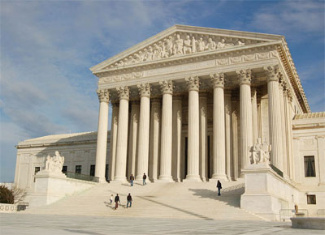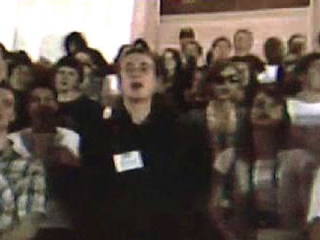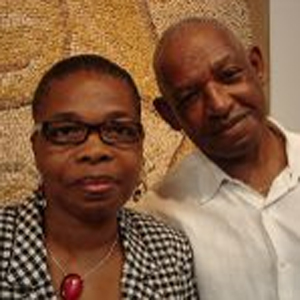 The Arizona junior high schoolers weren’t trying to cause any problems. They just had a great idea: hey, let’s pray for the members of the U.S. Supreme Court.
The Arizona junior high schoolers weren’t trying to cause any problems. They just had a great idea: hey, let’s pray for the members of the U.S. Supreme Court.
They were taking a walking tour of Capitol Hill with their teacher Maureen Rigo when they paused and bowed their steps.
Standing on the Oval Plaza of the court steps, the junior highs began to pray quietly. After all, another group from their school had prayed on Supreme Court grounds without incident during a previous trip.
So, Rigo was startled when a police officer interrupted the kids’ prayer circle, informed them they could not continue at that location and pointed them toward the street.
Rigo says that the police officer told her the act of bowing their heads and praying on the Supreme Court steps was unlawful.
Has it become illegal to pray on the steps of the U.S. Supreme Court?
When Rigo questioned the policy, a Supreme Court spokeswoman clarified that assemblages engaged in activities which may draw onlookers are illegal, but the Court does not specifically prohibit prayer on Supreme Court grounds.
“The Court does not have a policy prohibiting prayer,” said Patricia McCabe Estrada, deputy public information officer for the U.S. Supreme Court. The Court’s policy regarding the use of most public areas at the Court has been to permit “activity related to the business of the Court, including traditional tourist activity and ingress and egress for visitors, but not to permit demonstrations and other types of activity that may tend to draw a crowd or onlookers,” she said.
She noted that “under 40 U.S.C. section 6135, it is unlawful to parade, stand or move in processions or assemblages in the building and grounds, including the plaza and steps, but not including the perimeter sidewalks.”
Indeed, that federal statute states: “It is unlawful to parade, stand, or move in processions or assemblages in the Supreme Court Building or grounds or to display in the Building and grounds a flag, banner or device designed or adapted to bring into public notice a party, organization or movement.”
Interestingly enough, that policy follows Jesus’ own guidelines for public prayer in Luke 18:9-14. If you remember that Sunday school lesson, He disapproved strongly of the Pharisee standing in a public place calling attention to himself as he prayed.
Instead, He pointed to a lowly publican quietly praying in a corner. Standing in a quiet corner, he would not so much as raise his eyes to heaven, but humbly and quietly asked for God’s mercy.

